Government Art Collection Curator Chantal Condron selects six works from the Collection to mark the passing of the Representation of the People Act 100 years ago, when women (over 30) won the right to vote in the UK.
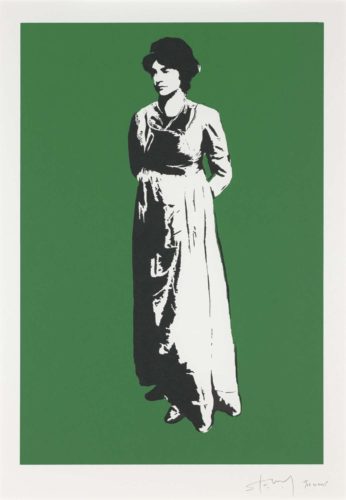
Stewy: Mary Wollstonecraft 2015, screenprint © STEWY
Pioneering activist and writer, Mary Wollstonecraft argued for the equality of women and men, and for women’s representation. Her 1792 book, A Vindication of the Rights of Woman, captured the revolutionary spirit of an age defined by revolution and radicalism.
Pioneering activist and writer, Mary Wollstonecraft (1759–1797) argued for the equality of women and men, and for women’s representation. Her 1792 book, A Vindication of the Rights of Woman, captured the revolutionary spirit of an age defined by revolution and radicalism.
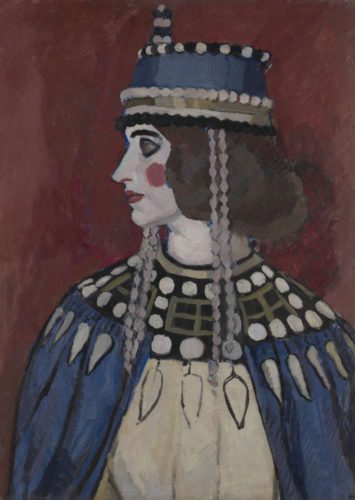
Vanessa Bell (1879–1961):
Byzantine Lady 1912, oil on canvas © Estate of Vanessa Bell, courtesy Henrietta Garnett
Vanessa Bell was inspired to paint this portrait after seeing the 6th century mosaics in Ravenna of the Byzantine Empress Theodora. A powerful female imperial consort, she represented an unofficial historical icon to the Suffragettes. Bell painted this in 1912, when the ‘Cat and Mouse’ Act caused public outrage by temporarily discharging hunger strikers until they were fit to be imprisoned, leading to many Suffragettes being force-fed.
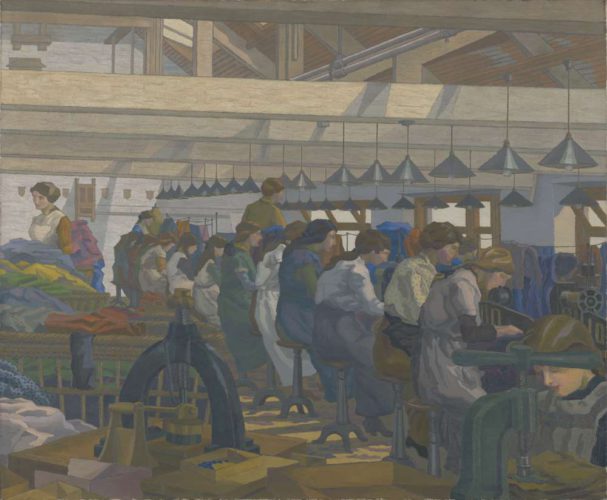
Charles Ginner (1878–1952): The Blouse Factory 1917, oil on canvas © Copyright Reserved
Painted during the First World War, Charles Ginner’s The Blouse Factory illustrates the vital role that women exerted on the Home Front in industrial, agricultural and civilian life. Engaged in occupations previously regarded as ‘men’s work’, women’s contribution to the War effort changed public perceptions towards supporting the Suffragettes’ campaign for equality.
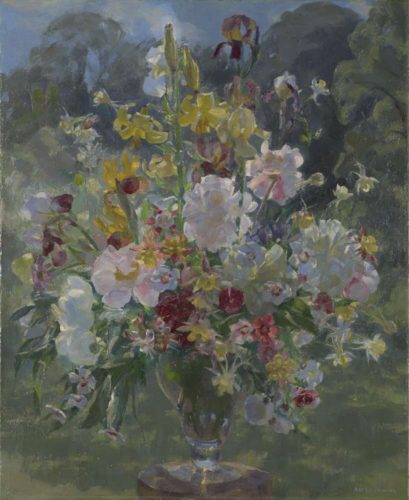
A. K. (Amy Katherine) Browning (1881–1978): Full Summer, oil on canvas © Estate of Amy Katherine Browning
A. K. Browning became involved with the Suffragettes after meeting Sylvia Pankhurst in 1904 at the Royal College of Art. Painting mainly floral still life, Browning reclaimed a genre that in the modern era could have been considered a ‘feminine’ subject. Initialising her works to disguise her gender, she presented her work to be judged on par with that of male artists.
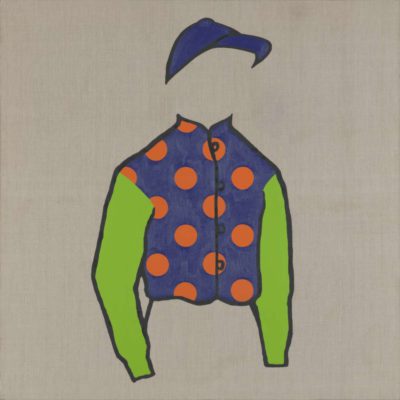
Mark Wallinger (born 1959): Brown’s (Mrs E.W. Brown) 1993, oil on linen © The Artist, courtesy of Anthony Reynolds Gallery, London
Drawn to themes of identity, class and nationality, Mark Wallinger’s works of the 1990s focused on sport, especially racing. Brown’s (Mrs E.W. Brown) depicts a jockey’s racing silks, including green and violet, two of the colours of the Suffragette movement, in honour of activist, Emily Wilding Davison, who died after throwing herself under the King’s horse at the 1913 Epsom Derby.

Gillian Wearing (born 1963):
Me as an artist in 1984 2014, photograph © The Artist, courtesy of Maureen Paley, London
Me as an artist in 1984 shows Gillian Wearing posing at 21, on the brink of what became a successful artistic career. In 2017, she won the commission to produce a sculpture of Millicent Garrett Fawcett, leader of the Suffragettes in Parliament Square. Due for unveiling later this year, Wearing’s work will be the first female subject, and the first work produced by a woman for the square.
About the Government Art Collection
For over 100 years, the UK Government Art Collection has collected works of art to display in British Government buildings around the world, promoting British art and culture. Find out more on the Government Art Collection website.
 Department for Culture, Media and Sport
Department for Culture, Media and Sport